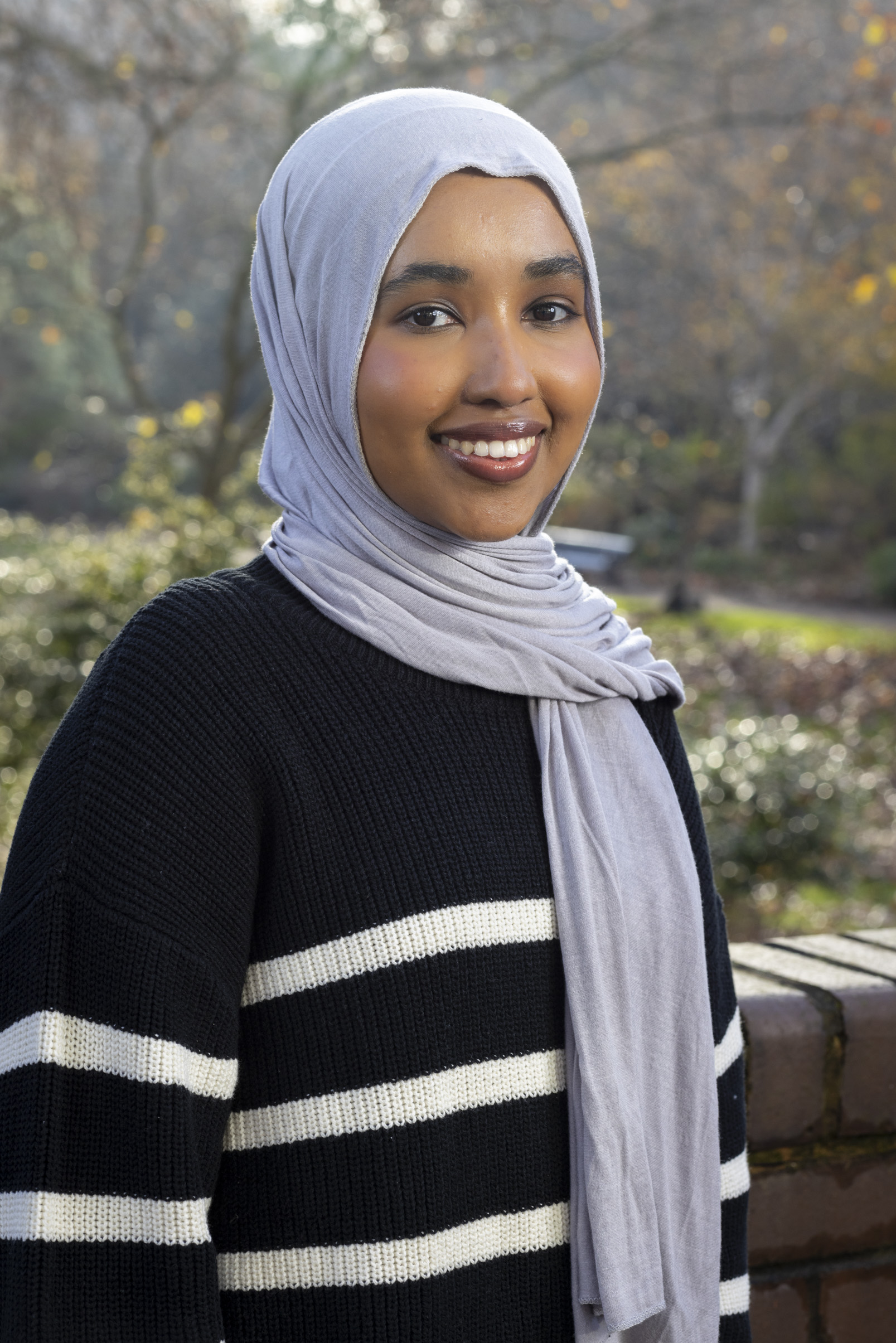
Kian Goodsell is our policy analyst for Education, Diversity and Inclusion and CSR. In this blog, he explores why targeting secondary school students could help increase accessibility at the Bar.
Promoting access into the profession has always posed its challenges. The Bar is one of the most academically rigorous professions with competition for pupillage being incredibly high. In 2024, 2,979 candidates applied for 638 pupillages advertised on our Pupillage Gateway. Historically, prospective barristers from underrepresented backgrounds have struggled to access the profession.
We want to support employers and organisations providing legal opportunities to ensure that the Bar is capturing talent from a diverse pool of enthusiastic candidates. We think we may be able to address obstacles to the profession by targeting younger audiences.
The issue with only targeting students of university age
To qualify at the Bar, a student will have to complete a qualifying LLB Law degree or a Graduate Diploma in Law (GDL, otherwise known as a PGDL). During this period, a student may realise that a career in law, let alone the Bar, is not for them. The problem with this is that a student is now left to study for a course that they don’t enjoy and will incur a significant amount of debt while they do.
Alternatively, a student undertaking a non-law degree could have a positive experience shadowing a barrister or through a mini-pupillage and will now be wondering how to qualify at the Bar. Of course, they can do this by applying for a GDL and draw down funding from Student Finance and apply for a scholarship with one of the Inns of Court. However, even if they are successful, they will then be left to figure out how to fund the BTC which costs between £12,300 and £18,950 (as of 2024).
It is fair to say that there will be outstanding talent that will excel at the Bar, but the financial adversity often prevents students from joining the Bar. If chambers, representative bodies and specialist organisations can target prospective candidates before the school leaver age, then we can ensure that they have all the relevant information to make educated decisions about their future.
The importance of targeting students at secondary school
At the ages of 16 to 18, students are pressured to choose a career pathway and consider attending university. If they are thinking about the latter, they will incur a significant amount of debt without necessarily knowing about the variety of careers available in the legal sector. As someone from a low-income household, these decisions may also come with additional stresses.
The Bar should focus on disseminating information on how to access the profession to secondary school students so that when it comes to making decisions that affect their future such as choosing A Levels and university degrees, they are well equipped.
The Bar should also look to collaborate with other professions in the legal sector to highlight the differences between each area, so students are aware of the pathways available to them. This would support them in understanding whether a career at the Bar is for them. Our experience attending PowerUp Festival 2024 is a perfect example of why we should work collaboratively with other legal professionals to provide information to secondary school students.
Below, our policy assistant Hannan Abdi discusses her experience attending PowerUp Festival 2024, an event where various different legal professionals spoke to over 750 years 10 to 13 students about pathways into the sector.

Hannan’s experience of PowerUp Festival
“Attending the PowerUp Festival provided an invaluable opportunity to connect with aspiring legal professionals. Many students I spoke with, primarily in years 11 to 13, were extremely enthusiastic about a career at the Bar but expressed significant concerns regarding the pathway to get there. They were particularly apprehensive about the accessibility of the Bar, funding for their education, and the steps necessary to gain relevant work experience or volunteering opportunities. Our goal was to demystify the route into law and inspire them to overcome the hurdles they might face. The festival was incredibly well-received, providing a platform for meaningful dialogue and a range of resources — from expert talks to interactive workshops — all aimed at kickstarting their legal careers. Our involvement in this event reaffirms our commitment to nurturing future talent and ensuring that aspiring barristers are equipped with the knowledge and tools necessary to navigate their career paths confidently.”
Opportunities for secondary school students
If you, your chambers or organisation is interested in supporting school students in years 11 to 13, then have a look at the work of the below organisations and contact them if you wish to get involved with their programmes .
The Bar Council – our Becoming a Barrister brochure will introduce students to life as a barrister and provide them with the information needed to help them decide whether a career at the Bar is right for them.
The Social Mobility Foundation – the Aspiring Professionals Programme offers insight into a variety of different professions for students in year 12 and upwards. They also support students throughout their time at university.
The Sutton Trust – the Pathways to Law Programme raises awareness of the profession and develops soft skills for students thinking about attending university.
Young Citizens – organises annual Bar Mock Trials, as well as the Big Legal Lesson and have a variety of information booklets accessible online.
Gray’s Inn – Griffin LAW and the Griffin Access Programme (GAP) work with schools to provide opportunities for pre-university students. They also offer summer schools to introduce students to the profession.
Inner Temple – Inner has partnered with the Sutton Trust to provide discovery days which are in-person and online.
Lincoln’s Inn – InnSight days invite students to come to the Inn and learn about the Bar and the history of the profession.
Middle Temple – Open days for schools and lunches with practitioners.